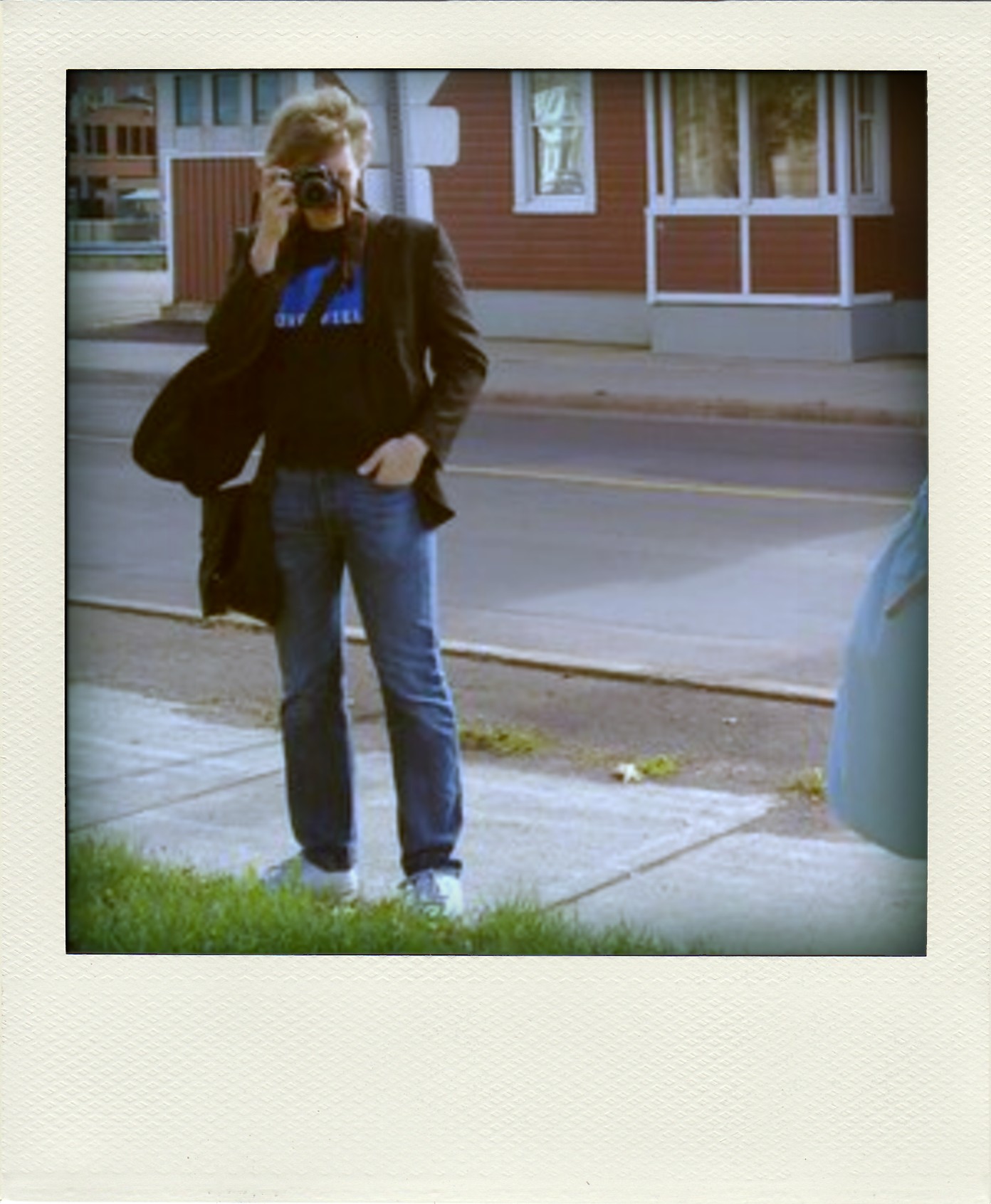
This Canada day, my first as a Canadian citizen, I wanted to reflect on the first place I ever lived in the so-called Great White North. It’s a place most people will never visit, or if they do they’ll probably drive through it or simply stay overnight in order to reach somewhere else. It has one of the fastest growing populations in Canada and is a pivot point for the Maritimes. It’s famous for two marvels of nature, its tidal bore and its magnetic hill. I am of course talking about “Hub City”, aka: Moncton, New Brunswick.

The photos here date mostly from the summer of 2010. I don’t know if this classifies these of “historical” interest, but no doubt the city has developed and evolved since then whilst other things have been preserved. If you’re a local, please do give me a shout on Mastodon and let me know your own memories and what’s changed since these photos were taken as I’d be fascinated to learn.
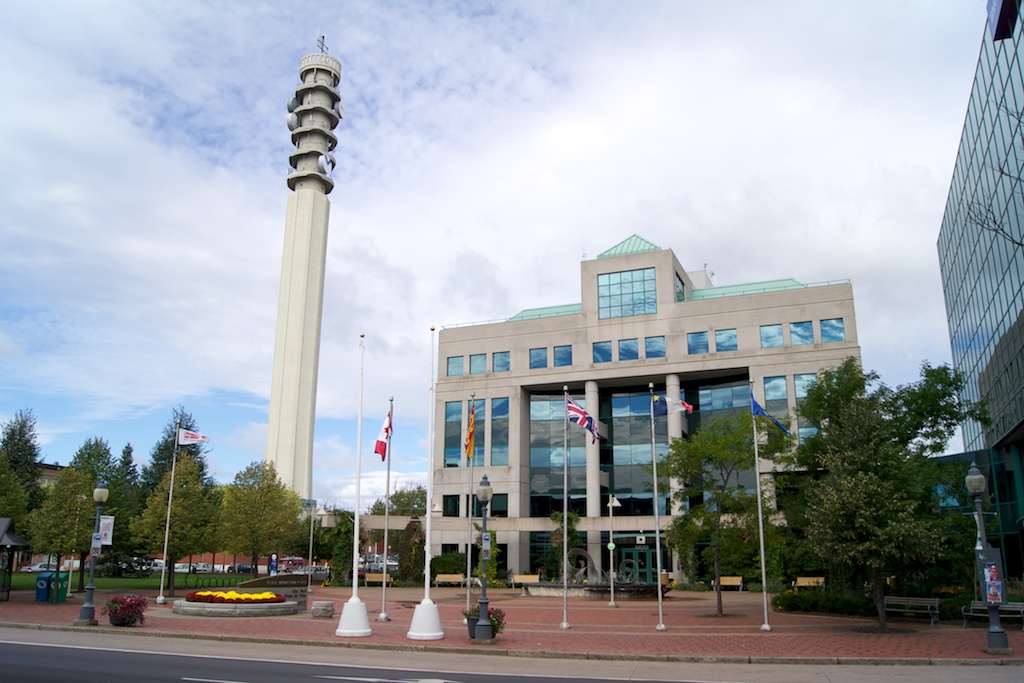
My story begins at London’s Heathrow airport Terminal 3, the second time I’d been sitting in the departure lounge waiting for a plane in as many weeks. Less than a month earlier I’d been on my way to Japan, a country I’d wanted to visit properly for many years.
By contrast, Canada hadn’t been on my list of top places to visit and I wasn’t really sure what I was letting myself in for. My company had signed a couple of significant new customers, our first in North America. One was based in British Columbia, but I was going out for our latest customer in New Brunswick.
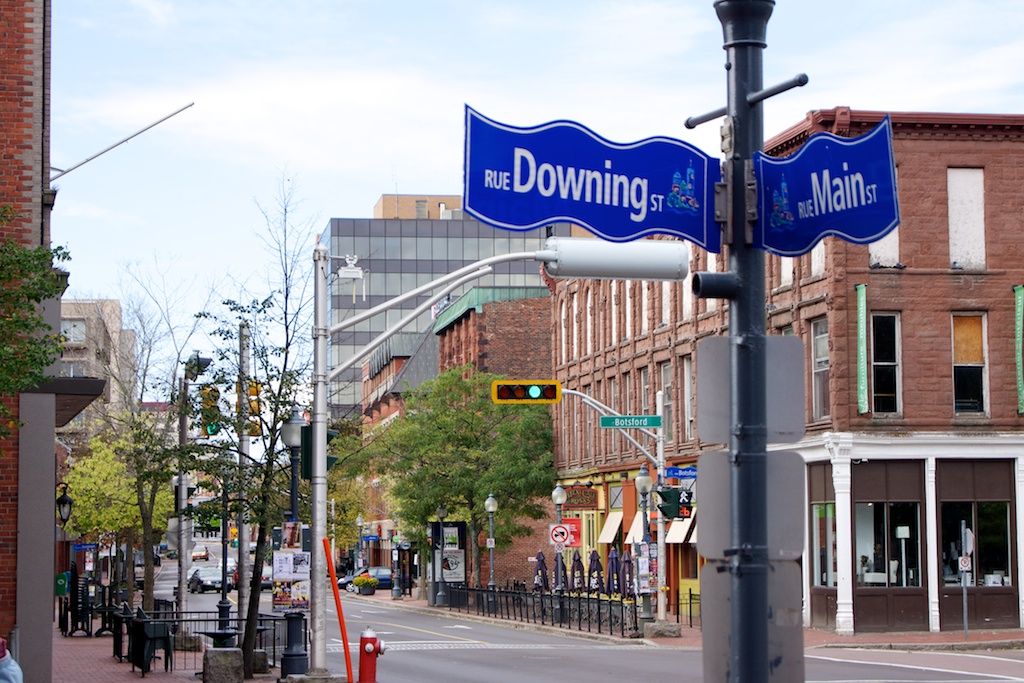
The project was expected to last for around six to nine months, and as I nervously waited in that departure lounge I had no idea I’d be taking the initial step to an entirely new life.
We were building a team of software engineers in Canada, so, although I’d be making the trip out alone I’d be joining a group of fellow Brits and Europeans. All together this made things less intimidating.
My first flight took me all the way to Toronto, where I first set foot on Canadian soil on July 5th 2010.
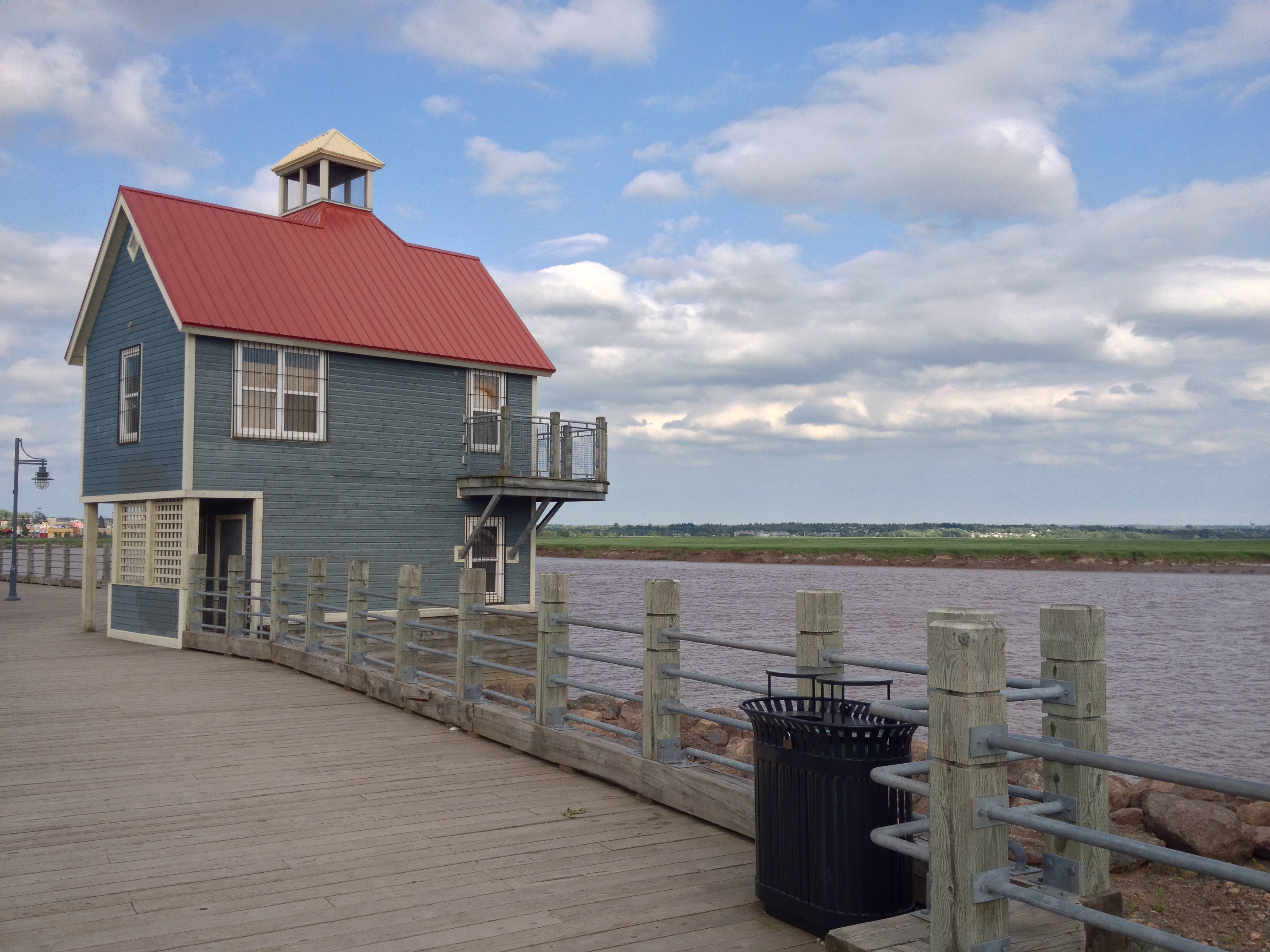
I was supposed to apply for a temporary work permit on landing and then make a connecting flight to Moncton in New Brunswick. That part went well, and I received what would be the first of many Canadian stamps in my passport over the next few years as I travelled in and out of the country or renewed my work permit.
However, the incoming flight had been running late and I missed my connection, ending up being rebooked onto a flight to Montreal to make a connection to Moncton there.
Although Moncton isn’t a small city by Canadian standards – It does have its own international airport – anyone who’s undertaken a flight from Montreal to the Canadian Maritimes knows they use tiny little turboprops to fly people out there. This was probably the smallest plane I’d been in and made me realise that after just passing through Canada’s two largest metropolises, I was heading for somewhere a bit more remote.
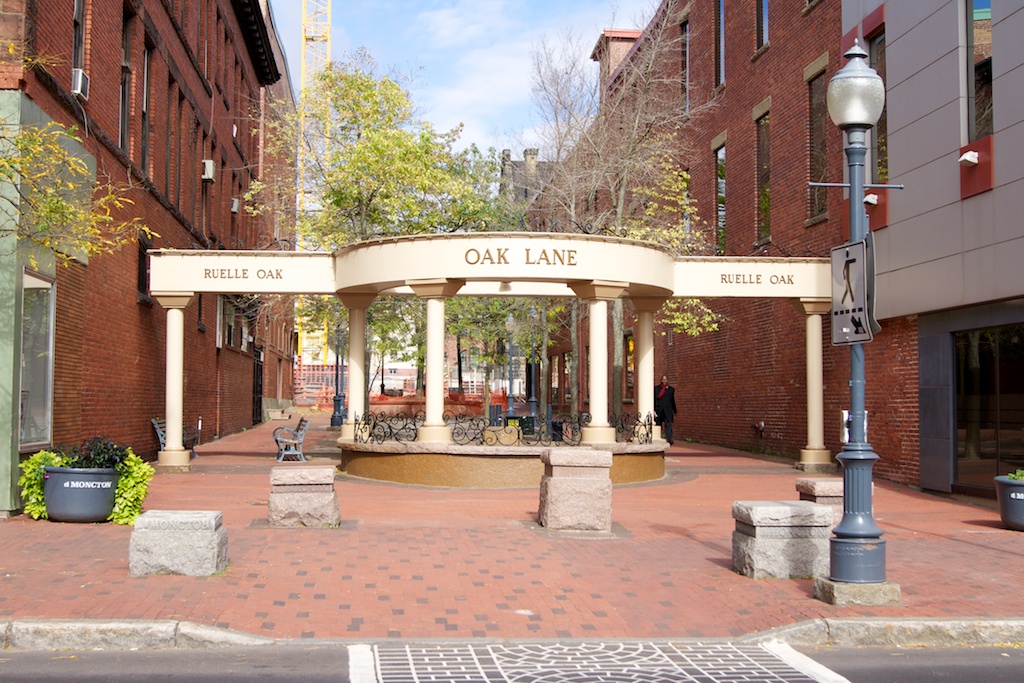
I arrived in the city of Moncton where my cab driver, the first person I’d held a proper conversation with since arriving, explained to me upon my request the etiquette of tipping.
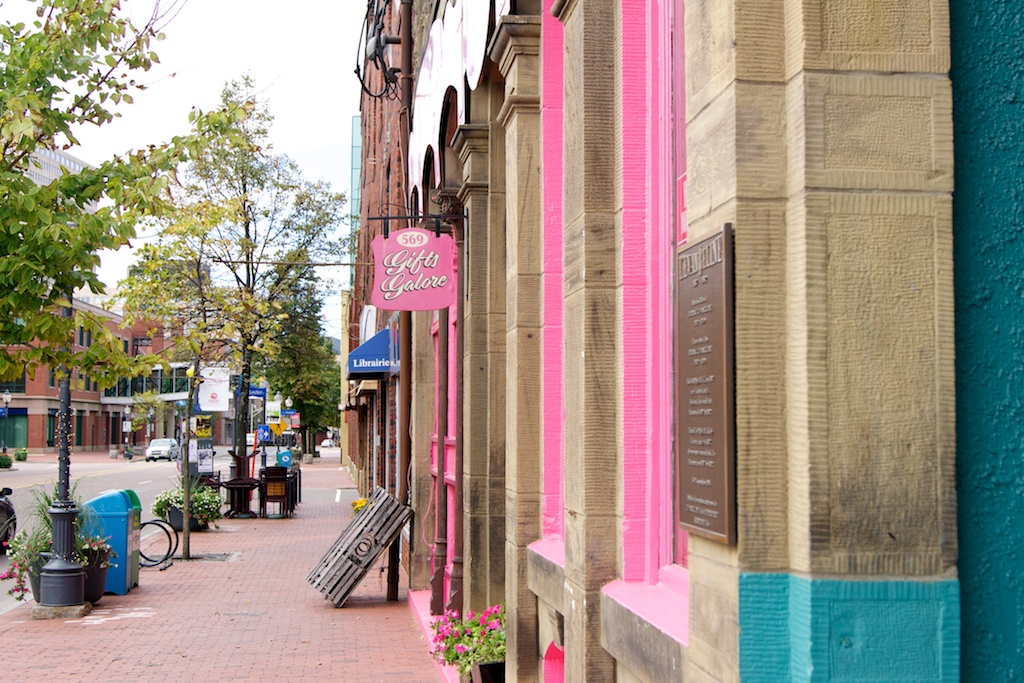
The following morning I was picked up by my new project manager, a fellow Brit. He’d been in Moncton for several weeks and was making a big effort to help settle in each new arrival from the UK. He picked me up from the place I was staying, gave me a tour of our customer’s site and then took me for a coffee in a nearby cafe.
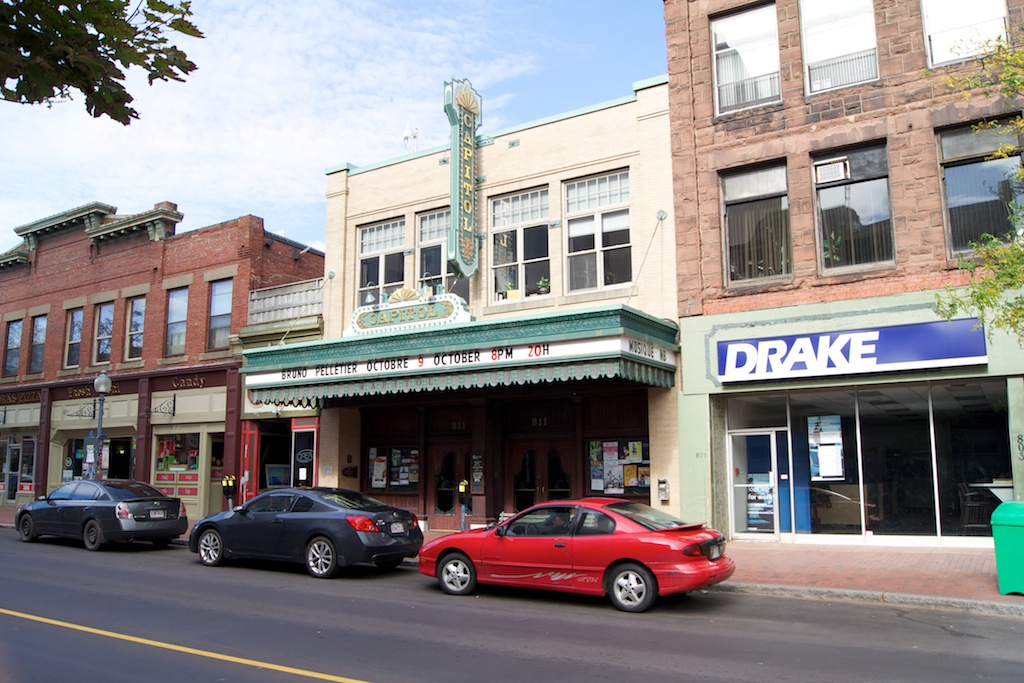
I remember him saying to me: “I just want you to realise how big Canada really is. Right now, where you’re sitting, you’re the same distance from London as you are from Vancouver.”
And so began my first several months in Canada.
Welcome to Moncton

Toronto has the CN Tower, and Moncton has the Bell Aliant Tower, the tallest freestanding structure in Atlantic Canada. Underneath the tower’s shadow, Moncton seems to thrive due to its geographic location at the centre of Canada’s three maritime provinces – New Brunswick, Nova Scotia and Prince Edward Island. It had built up a concentration of regional businesses, including a large number of call centres. It also has the area’s largest casino.
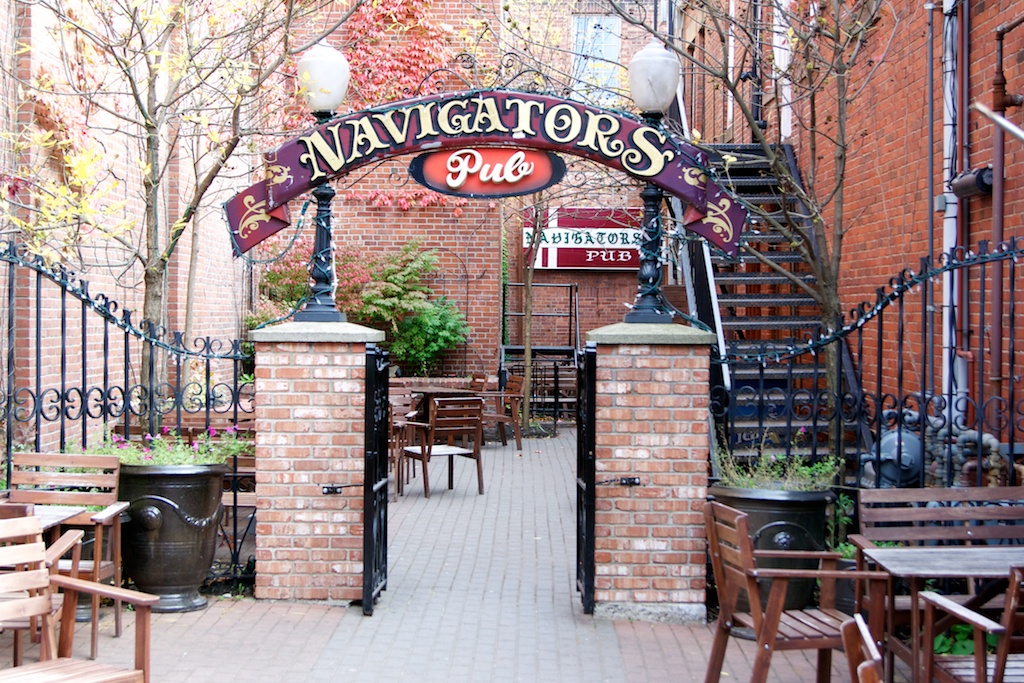
Greater Moncton itself really consists of three towns, namely Moncton, Dieppe and Riverview. Dieppe was home to the French speaking Acadian community with Riverview tending to attract English speaking New Brunswickers. This meant that in Moncton itself you’d get a flavour of both English and French, giving visitors a true sense of the bilingual nature of the province.
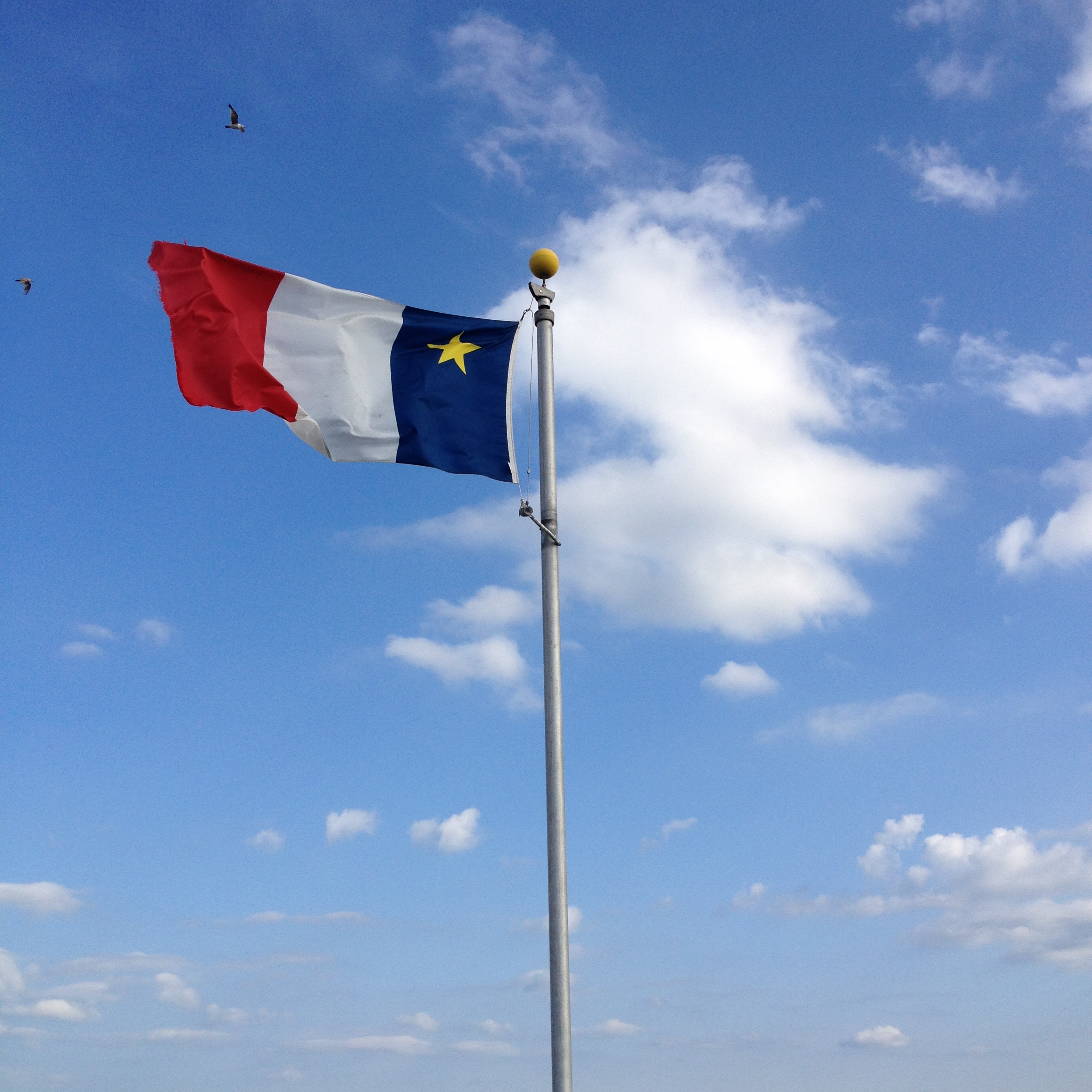
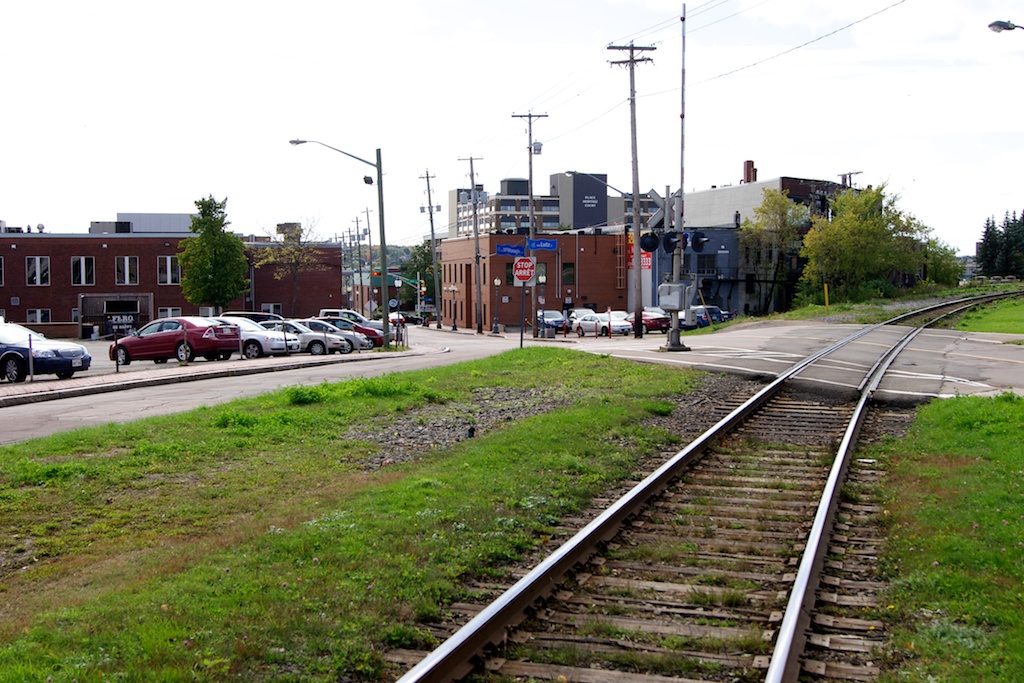
During our months in town we explored as many of the pubs and restaurants as we could and discovered New Brunswickers are some of the friendliest people I’ve had the pleasure to meet, putting themselves in stark contrast to the inhabitants of Canada’s larger cities.
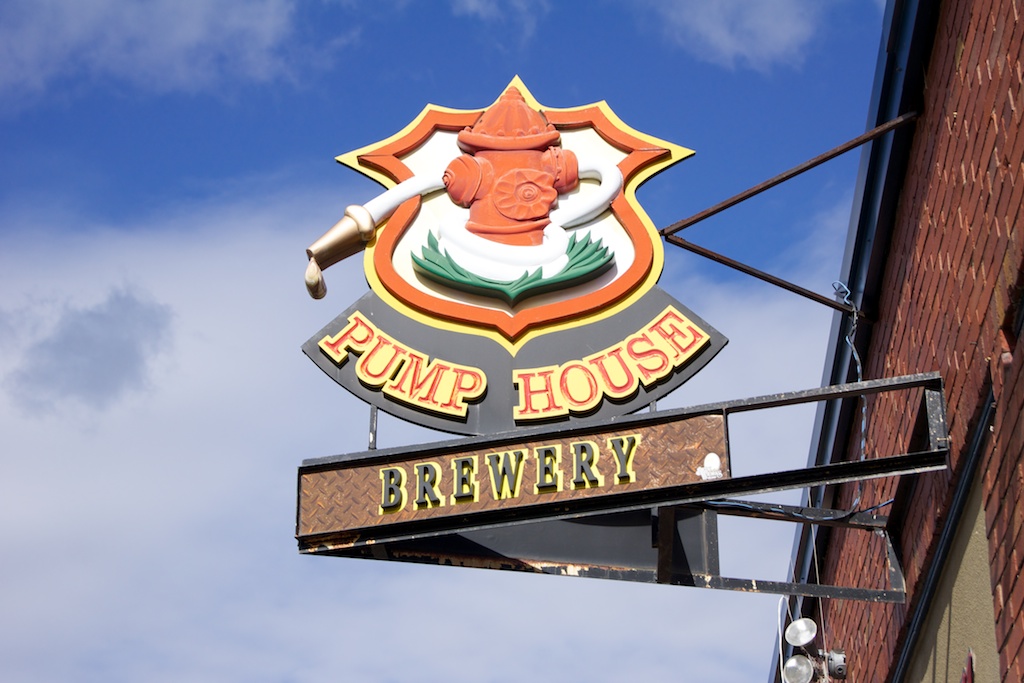
The arrival of a group of Brits in the town was obviously quite novel for the locals, to the point where I’d get in a cab and say hello to the driver, and detecting my accent they’d say “Oh, your with the British contingent!”. We’d definitely made an impression on our nights out.

The thing about Moncton, is it’s really well placed to explore this corner of Canada, where the provinces are small compared to the rest of the country. We made several trips including to Prince Edward Island – which is connected to the Canadian mainland by the impressive Confederation Bridge – and also to Nova Scotia.

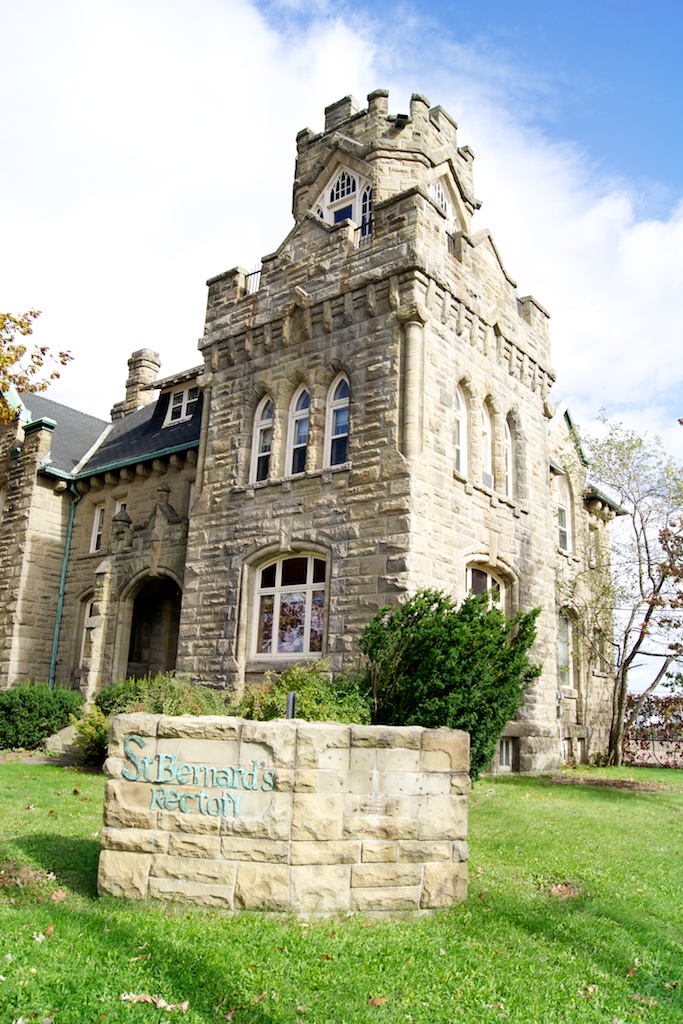

Outside of Moncton’s small downtown core, the town sprawls and from what I saw there wasn’t much out there worth visiting in the suburbs. This lends itself to Moncton’s reputation as a stopover point, as you can see most of it in a day.
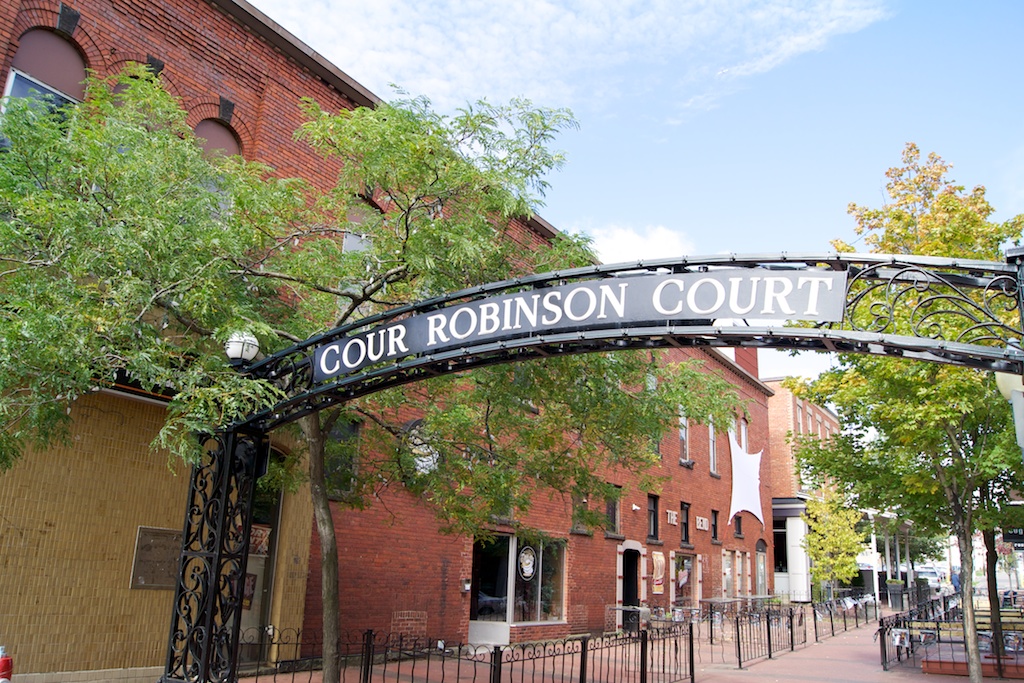
That aside, Moncton is home to two unique marvels of nature you’ll find in few other places in the world.
The Tidal Bore
Moncton sits aside the Petitcodiac river, which flows into the Bay of Funday. It’s known colloquially as the “chocolate river” due to its ugly brown colour.

But, time it right and you’ll witness a tidal bore rolling up the river in the opposite direction to the flow.
Moncton used to have the highest tidal bore in the world at over 2 metres, but infrastructure on the river has reduced the height somewhat.
That said, it’s still a unique natural sight to behold and sometimes you can even see surfers riding the bore up stream.

Magnetic Hill
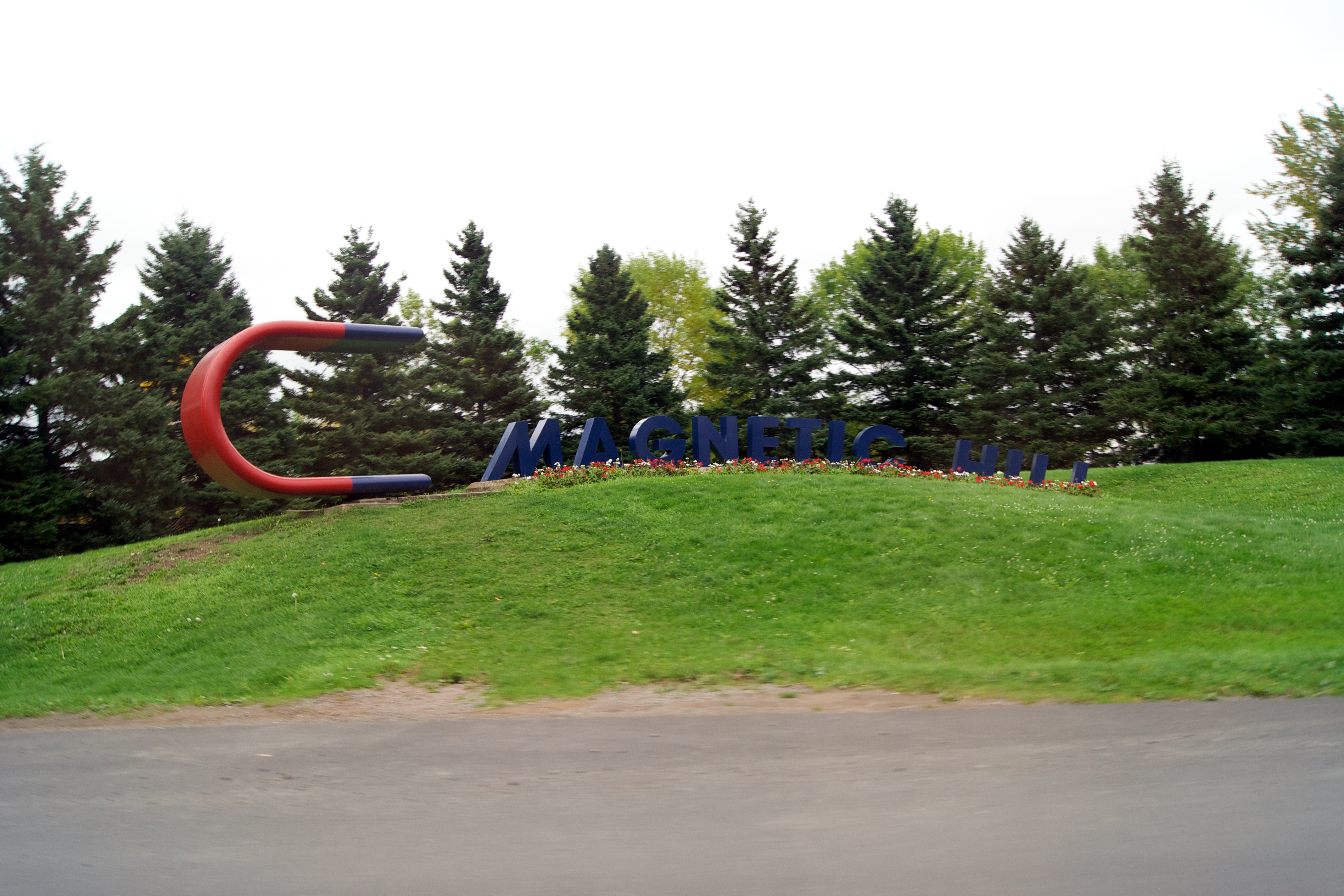
Moncton’s other natural wonder is even weirder and more obscure than the tidal bore. It’s hard to describe what a “magnetic hill” is, although this Atlas Obscura article does a good job.
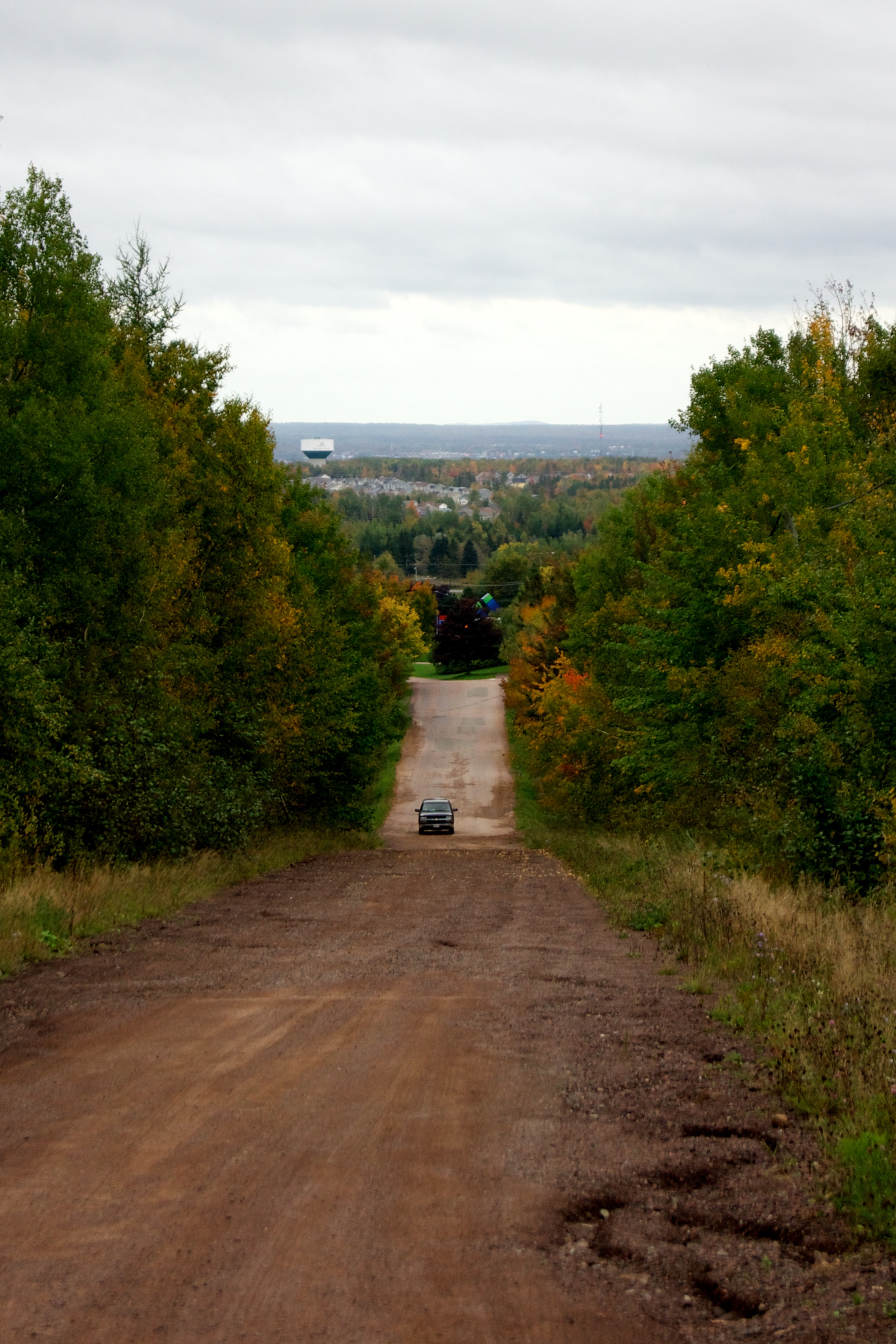
Basically, you park your car at the bottom of a hill, release the handbreak and the car rolls up the hill. It’s very odd to sensation, but I did my best to capture the experience in this video (narration not mine):
Leaving Moncton
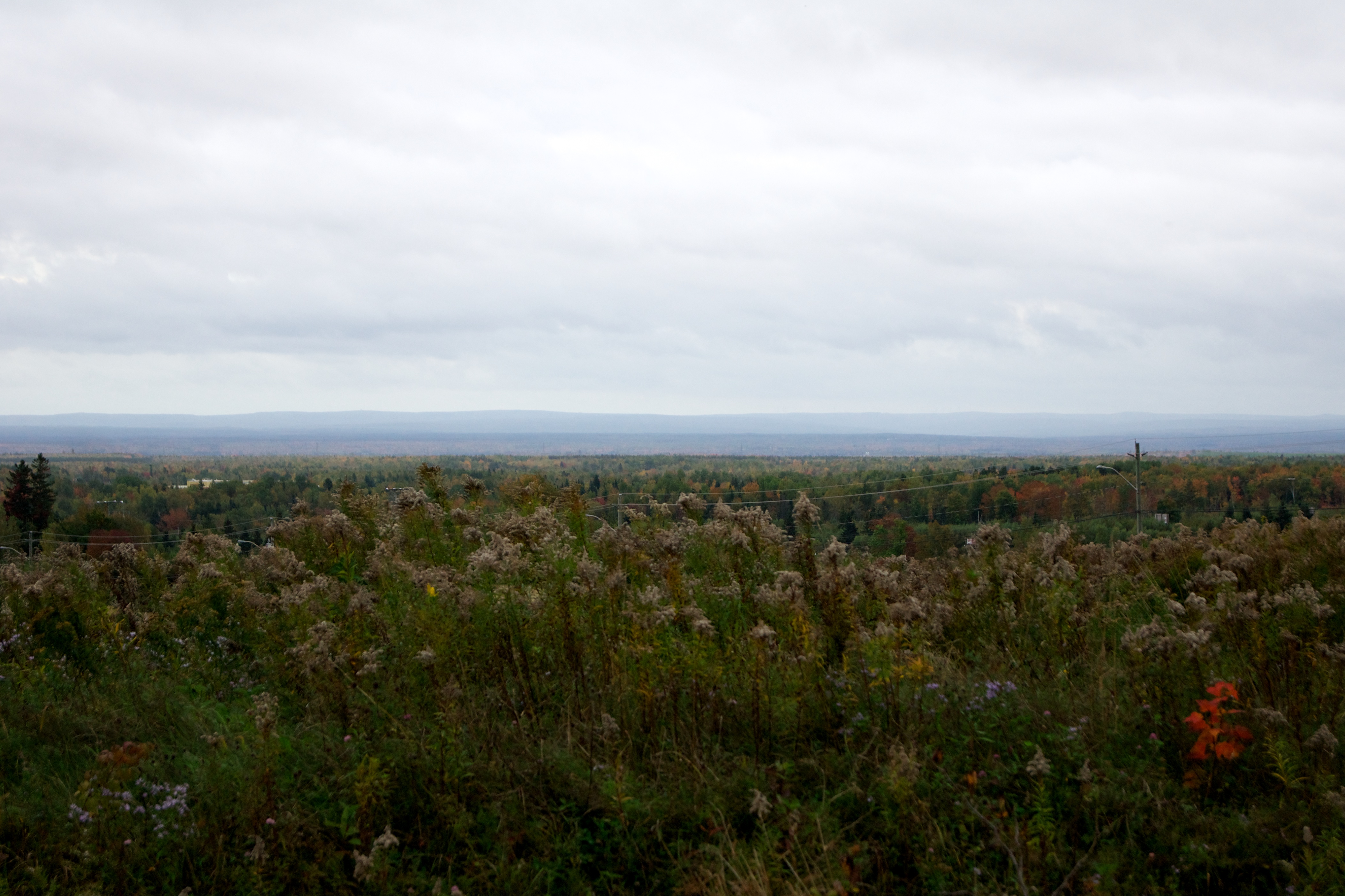
When you’ve had enough of Moncton and are in search of pastures new, there’s a few ways to leave.
The first method is using the afforementioned international airport, which has several flights a day to Halifax, Montreal and Toronto. There’s also a limited number of flights into the US, but for any other international flights you’ll need to make a connection in one of the country’s major hubs.
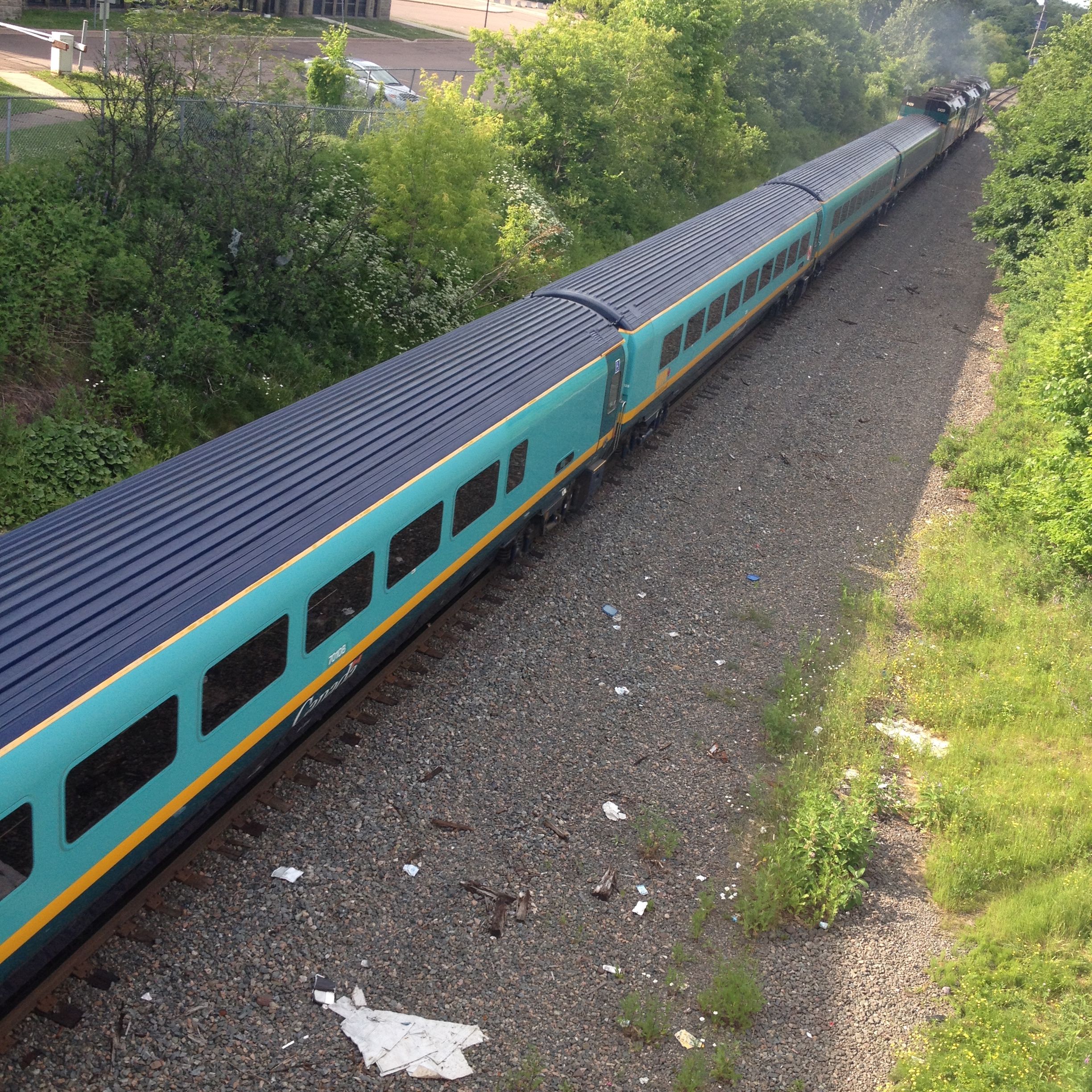
Next, Via Rail runs “The Ocean”, an overnight train connecting Halifax to Montreal with a stop in Moncton. When I was living there it ran 6 times per week in each direction, but at time of writing its only 3 per week in each direction. I took the train on my first visit to Montreal and it’s an incredible way to see the varied landscapes of New Brunswick and Eastern Quebec, so I’d highly recommend doing it at least once should you get the opportunity even though it’s not cheap.
Finally, you can go by car, which is how most people travel. My group made the move from Moncton to Montreal this way, taking a couple of day’s driving with an overnight stop in Quebec City.
When I first set foot in Moncton, I had no idea that over a decade later Canada would be my home. Although I didn’t know it at the time, Moncton was where my Canadian journey would begin.
